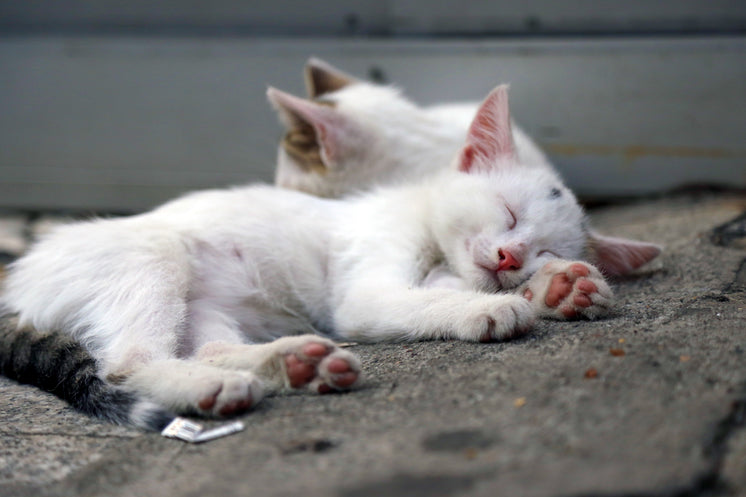
Cat litter and litter boxes play a pivotal function in the lives of both felines and their owners. From the humble beginnings of sand and soil to the ingenious improvements of today, the world of cat litter has developed substantially. In this thorough guide, we delve into every aspect of cat litter and litter boxes, exploring their history, types, benefits, challenges, and everything in between.
The history of cat litter dates back centuries, with ancient civilizations using sand, soil, and even ashes as primitive litter materials. However, it wasn't up until the mid-20th century that contemporary cat litter as we understand it emerged. In 1947, Edward Lowe presented the world's very first industrial cat litter made from absorbent clay, reinventing the method felines relieved themselves inside your home. Ever since, cat litter has actually gone through various changes, with the introduction of clumping litter, silica gel litter, naturally degradable choices, and more.
Today, cat owners are spoiled for option when it pertains to picking the ideal litter for their feline buddies. Standard clay litter stays popular for its cost and effectiveness in absorbing odors. Clumping litter, which forms strong clumps when wet, streamlines cleansing and maintenance. Silica gel litter, composed of extremely absorbent silica crystals, uses exceptional odor control and longevity. Eco-friendly alternatives, such as recycled paper, wood pellets, corn, and wheat, attract environmentally conscious customers.
Each kind of cat litter provides unique advantages. Clay litter stands out in its ability to absorb wetness and control odors, making it a reputable choice for many feline owners. Clumping litter simplifies daily scooping and extends the time in between total litter changes. Silica gel litter provides extraordinary odor control and can last longer in between replacements. Naturally degradable litters offer a sustainable option that decreases environmental impact.
While cat litter boosts indoor feline hygiene, it is not without its obstacles. Dust from clay litter can position respiratory threats for both cats and humans, triggering the popularity Wood Cat Litter of dust-free options. Some cats might develop litter box hostility due to problems with texture, scent, or tidiness, necessitating experimentation with various litters and box configurations. Multi-cat homes may need strategic litter box positioning and frequent upkeep to prevent territorial disagreements and guarantee all felines have access to tidy centers.
Choosing the appropriate litter box is vital for promoting positive litter box routines and overall feline well-being. Aspects to consider consist of size, accessibility, and style preferences. Covered litter boxes supply privacy and assistance contain odors, however some felines may discover them confining or daunting. Open-top litter boxes offer easy gain access to and presence but might lead to more litter Clay Cat Litter scatter. Automatic self-cleaning litter boxes improve upkeep but need routine monitoring and maintenance.
Correct litter box maintenance is important for ensuring a clean and welcoming environment for both cats and their owners. Daily scooping eliminates waste without delay, reducing smell and discouraging litter box aversion. Routine litter replacement, typically every 1-2 weeks, prevents bacterial accumulation and keeps optimal absorbency. Comprehensive cleansing with mild cleaning agent and water, avoiding harsh chemicals that might hinder cats from using the box, need to be performed monthly.
Cat litter and litter boxes play a central role in promoting a healthy and unified relationship between cats and their human companions. With a varied selection of litter choices and litter box styles readily available, cat owners have the flexibility to tailor their choices to match their felines' choices and household needs. By understanding the evolution, types, benefits, and difficulties of cat litter and litter boxes, animal owners can supply their feline good friends with cat litter scoop a comfortable and hygienic indoor environment.